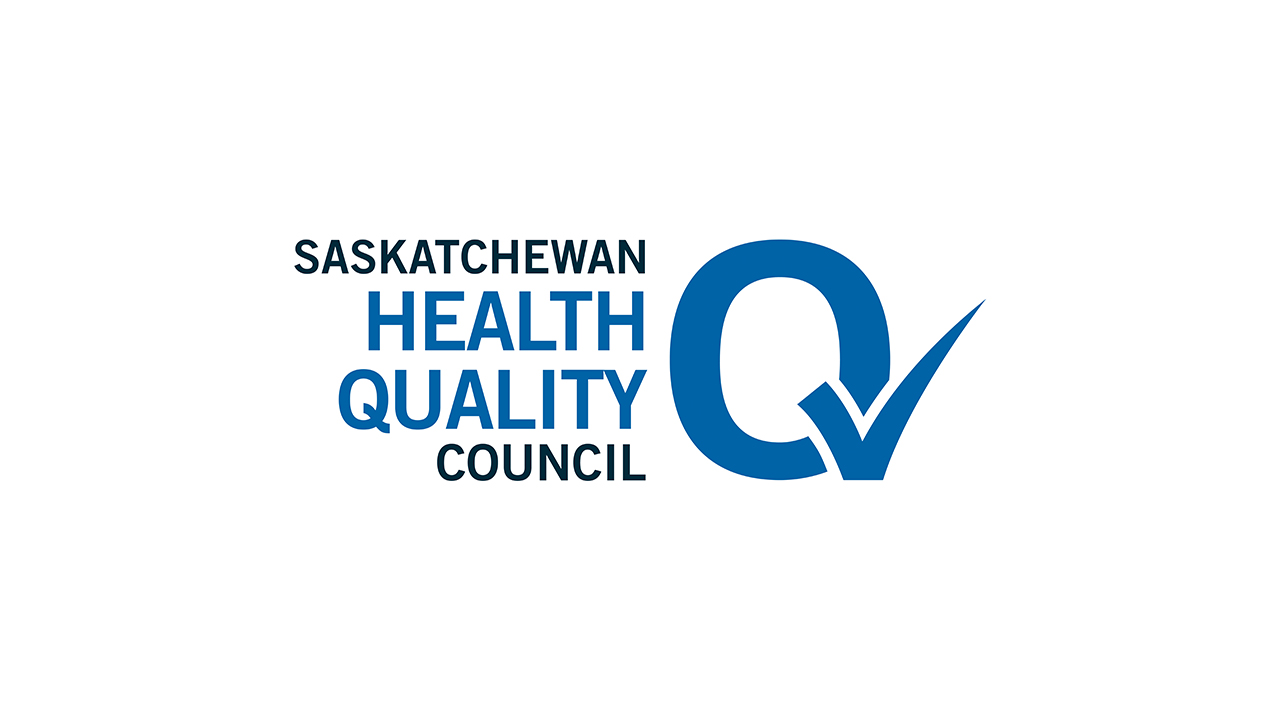Staff and managers working in long-term care homes in Saskatoon Health Region are using information available from the Quality Insight website to help improve resident outcomes and quality of life.
New enhancements to Quality Insight are making it even easier for health regions in Saskatchewan, such as Saskatoon Health Region, to track and observe the health care data they are interested in.
“Health indicators that are reported on Quality Insight are used by senior leadership in Saskatoon Health Region to monitor service delivery and the progress of programs,” said Laureen Nein, quality improvement coordinator with Seniors’ Health and Continuing Care in Saskatoon Health Region.
“For example, the prevalence of people who have fallen and the prevalence of people who are restrained are measures of a provincial program put in place to reduce falls and injury from falls,” she said.
Quality Insight is a web-based reporting tool created and maintained by the Saskatchewan Health Quality Council (HQC). Located online at qualityinsight.ca, Quality Insight provides information about the quality of health care in the province. The site is designed to give everyone – members of the public, health care providers, managers and leaders – the information they need to support quality improvement work aimed at making the health system better and safer for Saskatchewan residents.
Health regions and the provincial Ministry of Health regularly submit data to HQC for publication on Quality Insight. The website displays the data using run charts, which allows users to track changes in health indicators over time.
Quality Insight provides “dashboards” of quality of care indicators that are used by individuals, facilities and health regions. In the same way a car’s dashboard tells the operator at a glance whether the vehicle is running well, a dashboard of health quality indicators provides an overview of where a health system is functioning well and where there is room for improvement.
“Quality Insight is a significant resource to the health system. Its new feature sets were designed with an eye to making it useful and user-friendly for everyone across the system. Saskatoon Health Region’s long-term care group has led the way to pilot these collaborative tools on behalf of the province,” said Rosemary Gray, director of Health System Planning and Reporting at HQC.
“With Quality Insight, the emphasis is on reporting over time. This kind of reporting is rare. It provides extra intelligence to help with improvement efforts in the health system. Users are able to look at data over time to determine whether the variation they’re seeing in an indicator is ‘normal,’ or if they’re looking at a genuine area that needs improvement or, ideally, a sustained change for the better.”
As part of Quality Insight’s new enhancements, health system employees can request user accounts for the site. The accounts are used to customize the user’s experience based on his or her organization, facility or service line. This has been beneficial to employees in Saskatoon Health Region, which provided funding to HQC to create the region’s long-term care dashboard and for other Quality Insight enhancements.
“Quality Insight provided care teams and managers at long-term care homes in Saskatoon Health Region with a long-term care dashboard requiring users to log in. Users can share detailed information about programming and interventions that have been put in place to impact the measures, as well as the success or lack of success of specific actions and programs,” said Nein.
“The ability to share this detailed information will provide improvement teams with information about what will work and what doesn’t work in Saskatoon Health Region to improve resident outcomes.”
The following long-term care (LTC) indicators can be viewed on Quality Insight:
- Nosocomial cases of MRSA infections in LTC
- Urinary tract infections in LTC
- Lower respiratory infections in LTC
- Fire drills in LTC
- Carbon monoxide monitoring in LTC
- LTC residents on antipsychotics without a relevant diagnosis
- LTC residents with stage 2 to 4 pressure ulcers
- LTC residents with new stage 2 to 4 pressure ulcers
- LTC residents with worsened stage 2 to 4 pressure ulcers
- LTC residents with pain
- LTC residents whose pain worsened
- LTC placement
- LTC residents who fell in the last 30 days
- Use of restraints in LTC homes
- Newly admitted LTC residents assessed for falls risk
Nein said long-term care home administrators appreciate having the data in one location on Quality Insight, as well as the ability to save and print graphs related to the data. This supports the sharing of information with team members, residents, families and boards.
“The data analysis on Quality Insight provides information on how to interpret the data. For example, trends are visible and information is provided about how to interpret trends,” said Nein.
“Comparison to other health regions and long-term care homes makes it possible to determine targets and make decisions about whether or not an improvement program is warranted or successful.”
A number of other new enhancements are improving the Quality Insight user experience. The main additions to the site include:
- Privacy settings for indicators: Indicators can now be configured so that they are only visible to authenticated users from certain locations and/or service lines.
- Service line and location dashboards: Dashboards can be used to aggregate indicators for locations and service lines, allowing users to navigate and compare indicators more easily.
- Favourites: Indicators and dashboards can be added to the user’s favourites list, and the latest versions of favourite charts can be printed or exported in PDF format.
- Annotations and conversation threads: Public or private text annotations can now be added to charts to allow users to comment on trends in data or to record corrective action plans.
Nein said trends are followed on Quality Insight to identify long-term care homes in Saskatoon Health Region that are seeing improvements, and also to “flag an opportunity to work with them to understand the initiatives they may have implemented to support positive changes in resident outcomes.”
“Where there is improvement in a measure, we look for ways to share the methods that achieved improvement. As well, trends may identify homes that would benefit from additional support or education to move towards the desired outcomes,” she said.
“Where there is a negative trend, Seniors’ Health and Continuing Care staff and managers collaborate with management and care teams at the homes to provide support that will result in improving resident safety and the overall service to residents.”
Nein said the long-term care indicators on Quality Insight are “reported publicly to support transparency and accountability of data and outcomes at Saskatoon Health Region long-term care homes.”
Gray said one of the benefits of using Quality Insight is that users can compare performance in various health regions and facilities at a glance. This provides an opportunity to help “close the geographic divide,” as users are able to share information even if they are located in different areas of Saskatchewan.
“Quality Insight is improving transparency within the health system. We are sharing this data with the goal of improvement. We want to help improve care and make it safer for Saskatchewan people,” she said.



